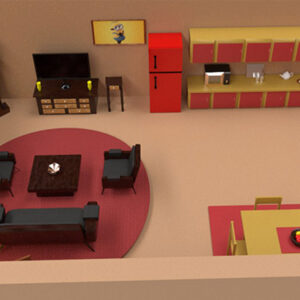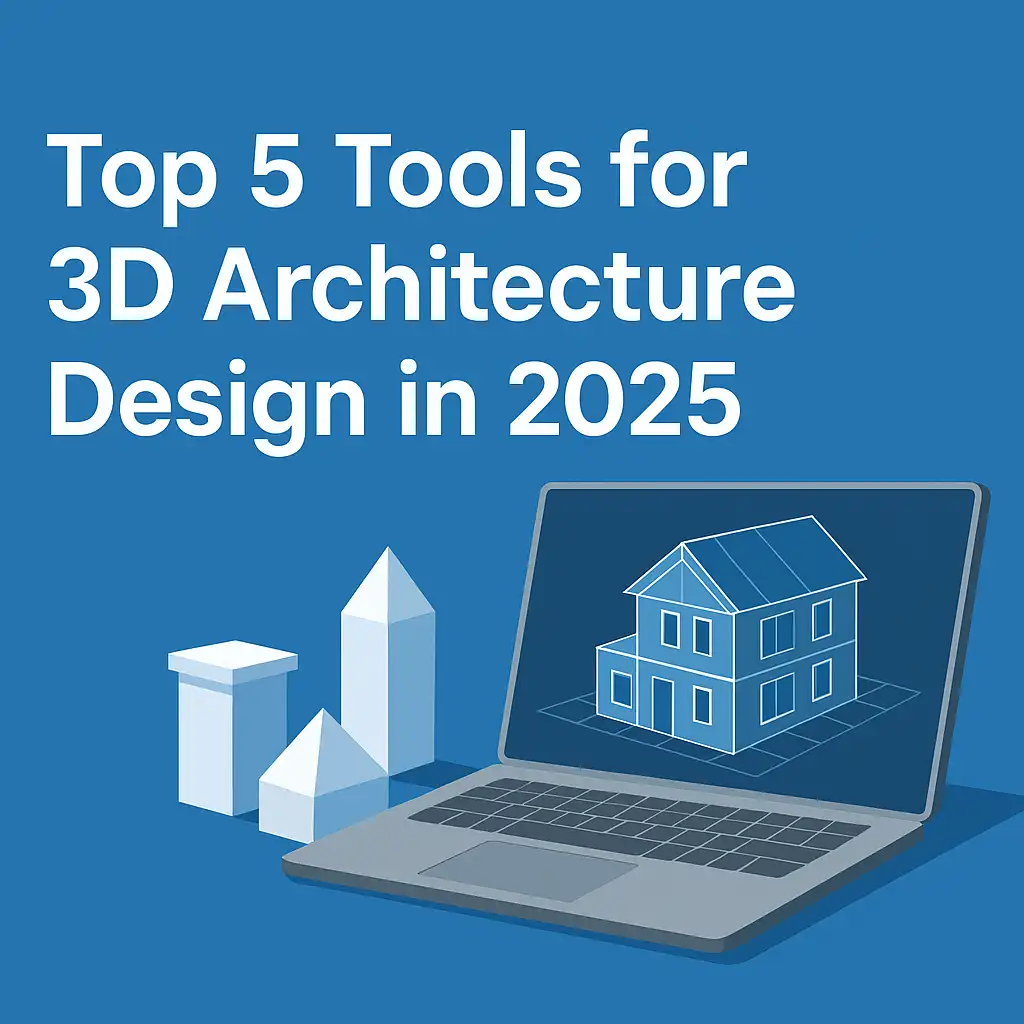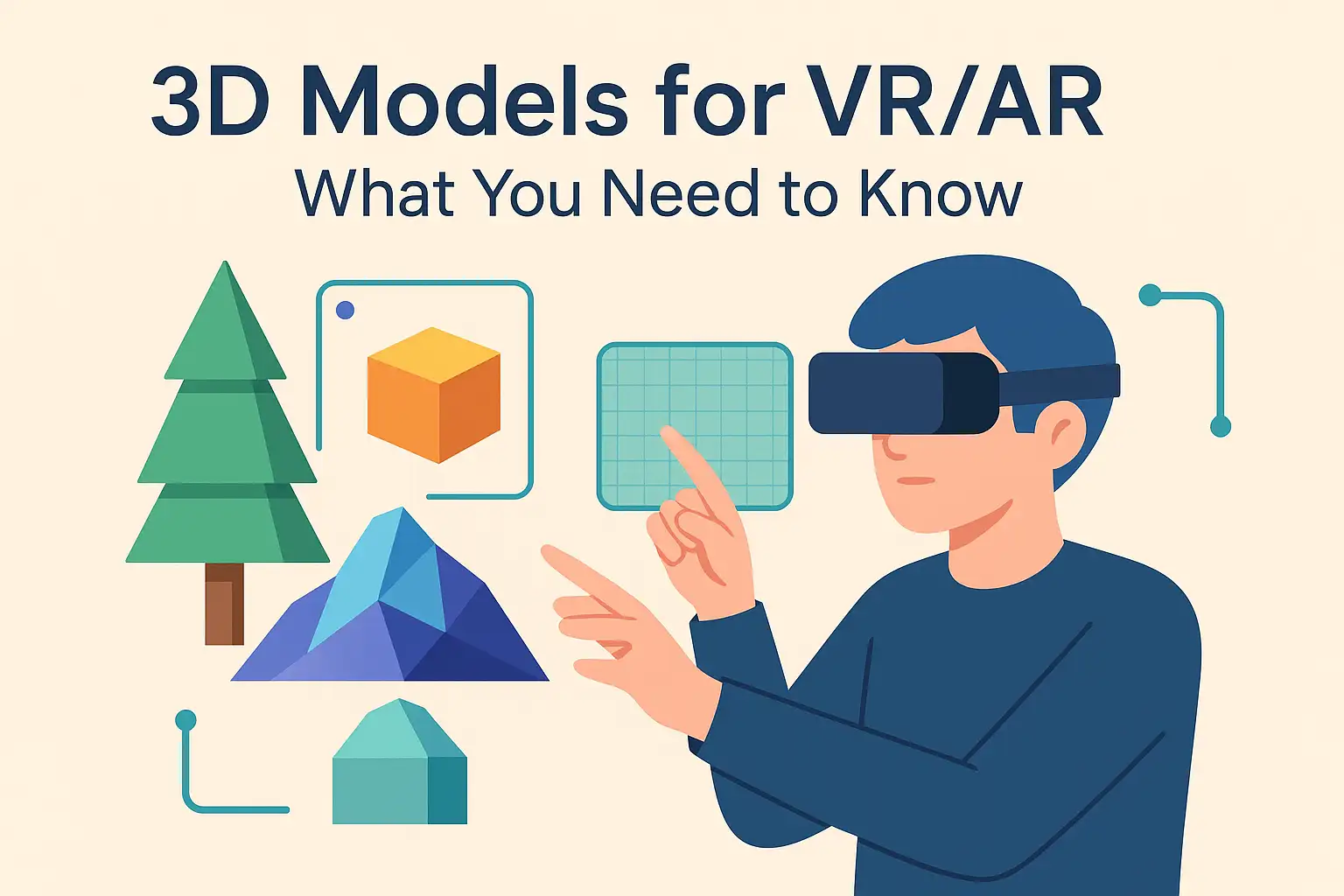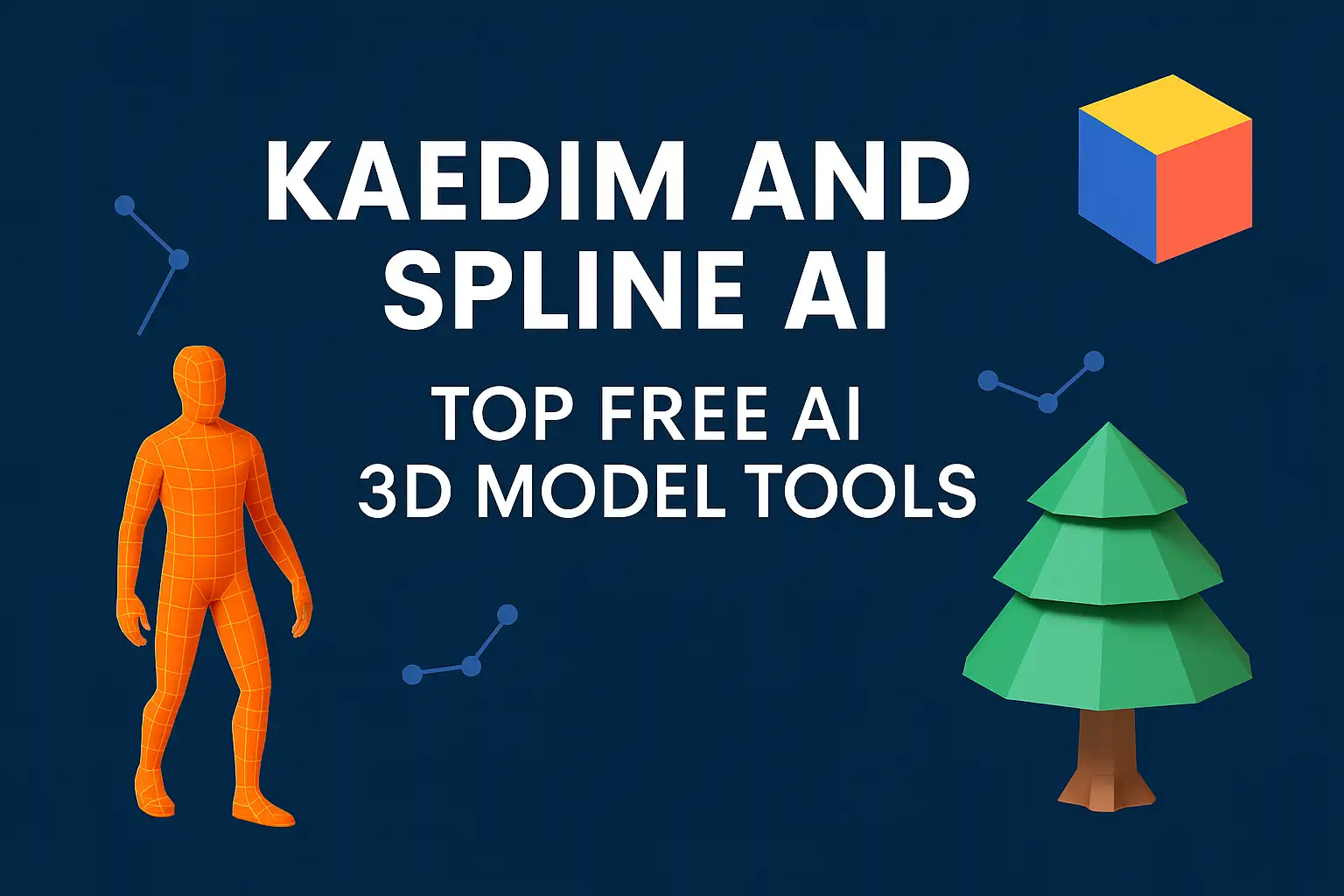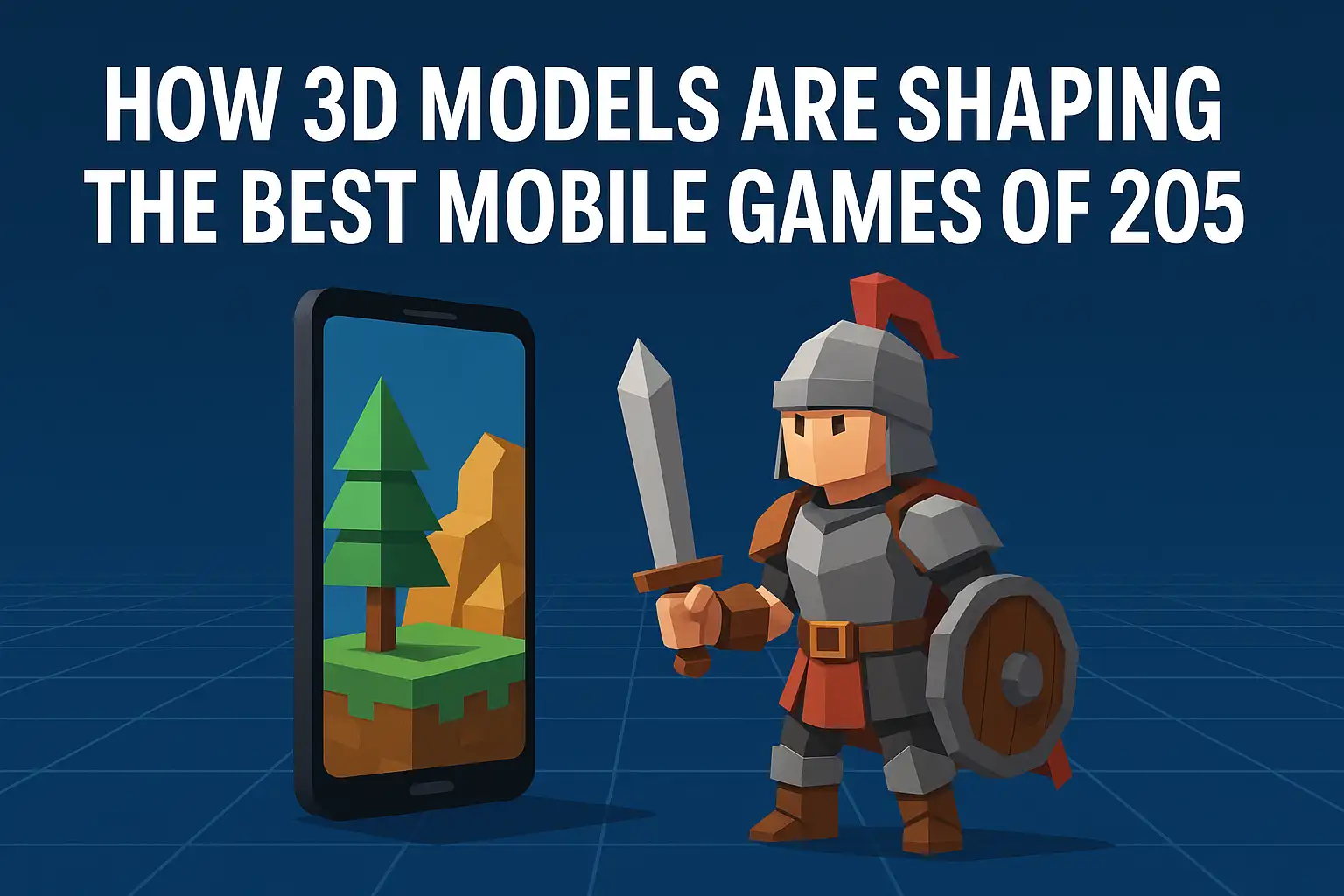Subtotal: $0.00
Modular 3D Models: Revolutionizing Game Development
by Animatics Asset Store in Blog on July 28, 2025Game development thrives on creativity and efficiency. Developers need assets that spark imagination while saving time. Modular 3D models have become a game-changer, offering flexibility and speed. These reusable, interchangeable building blocks let creators craft stunning game worlds without starting from scratch. Let’s explore how modular 3D models transform game development, making it easier for indie devs and big studios alike.
What Are Modular 3D Models?
Modular 3D models are pre-designed, interchangeable assets that fit together like puzzle pieces. Think of them as digital LEGO bricks. Each piece like walls, floors, or props, connects seamlessly to build larger structures. This approach saves time and ensures consistency. For example, a single set of modular wall pieces can create endless building layouts. According to Unity’s 2023 report, 70% of indie developers use modular assets to cut production time by up to 40%. These models shine in games needing scalable environments, like RPGs or open-world adventures.
Modular assets cover everything from architecture to characters. Developers love the ability to mix and match, creating unique worlds with minimal effort.
Why Modular 3D Models Matter
Game development demands speed and quality. Modular 3D models deliver both. They streamline workflows, letting developers focus on storytelling and gameplay. Instead of modeling every wall or tree, devs snap together pre-made assets. This cuts costs and speeds up prototyping. A 2022 study by Unreal Engine found that modular workflows reduce environment creation time by 30-50% compared to custom modeling.
These models also ensure visual consistency. A modular kit uses the same textures and style, so environments look cohesive. For indie developers, this is a lifesaver. With limited budgets, they can create professional-grade worlds.
Benefits of Using Modular 3D Models
These 3d models bring a ton of perks to game development. Let’s break them down.
Time-Saving Efficiency
Building a game world from scratch takes months. Modular 3D models slash that time. Developers grab pre-made assets and assemble them like building blocks. A single modular kit can create a village, dungeon, or sci-fi base in hours. For example, a modular dungeon kit might include walls, floors, and traps that snap together in endless ways. This lets devs test ideas fast, iterating without heavy rework.
Cost-Effective Development
Hiring 3D artists is expensive. Modular assets cut costs by offering ready-to-use models. A 2024 report by GameDev Market noted that indie studios save up to 60% on art budgets using modular kits. Instead of paying for custom models, devs buy affordable asset packs.
Scalability and Flexibility
Another plus is that these models scale effortlessly. Need a bigger city? Add more buildings. Want a spooky forest? Swap in eerie trees. This flexibility suits games of all sizes, from mobile titles to AAA blockbusters.
Consistent Art Style
Nothing breaks immersion like mismatched visuals. Modular kits use unified textures and designs, ensuring every piece fits perfectly. This creates polished, professional environments. Players notice the difference, and so do App Store algorithms favoring high-quality games.
Where to Find Modular 3D Models
Finding quality modular 3D models is easier than ever. Online marketplaces offer vast libraries of assets. Platforms like Animatics Assets Store stand out for their diverse, high-quality offerings. They provide free and premium modular kits, from medieval castles to sci-fi cities. Their free assets, like modular walls or props, are a boon for indie devs on tight budgets. These assets are optimized for engines like Unity and Unreal, making integration a breeze. Other platforms, like TurboSquid or CGTrader, also offer robust modular kits, but Animatics’ free options make it a go-to for beginners.
Always check licensing terms to ensure assets fit your project’s needs.
How to Use Modular 3D Models Effectively
Using modular 3D models is simple but requires planning. Start by choosing a kit that matches your game’s art style—realistic, cartoonish, or futuristic.
Next, map out your environment. Sketch a rough layout to guide asset placement. In-game engines, snap pieces together using grid systems for precision. For example, Unity’s ProBuilder tool aligns modular assets perfectly, saving hours of tweaking.
Test your environment early. Playtest to spot issues like texture seams or awkward transitions. Adjust lighting to enhance the mood—modular kits often include customizable shaders.
Challenges and Solutions
Modular 3D models aren’t perfect. Repetition can make environments feel samey. To avoid this, mix in unique props or vary textures. For instance, add vines to a modular wall for a lived-in look. Another challenge is compatibility. Not all assets work across engines. Stick to formats like FBX or OBJ, widely supported by Unity and Unreal. Animatics Assets Store often provides engine-specific files, easing this hurdle.
Performance is another concern. Overusing assets can slow down games, especially on mobile. Optimize by reducing polygon counts and using LOD (Level of Detail) systems. A 2023 optimization guide by Unity recommends LOD for modular assets to boost performance by 25%.
Future of Modular 3D Models
The future of modular 3D models is bright. AI-driven tools are emerging, generating custom modular kits in minutes. Procedural generation, paired with modular assets, creates dynamic worlds that evolve with gameplay. By 2026, the game asset market is projected to hit $3.2 billion, with modular models leading the charge.
Indie devs and studios will keep leaning on modular 3D models for their versatility. Platforms like Animatics Assets Store will likely expand their free and premium offerings, making high-quality assets even more accessible.
Tips for Beginners
New to modular 3D models? Start small. Pick a simple kit, like a modular village, and experiment in your game engine. Test layouts in a sandbox environment before committing to a full level. Don’t overcomplicate your first project; focus on mastering the basics.
Join communities like Reddit’s r/gamedev to share tips and find free assets. Animatics Assets Store is a great starting point for free modular kits. Their user-friendly files help beginners dive in without breaking the bank.
Conclusion
Modular 3D models are transforming game development. They save time, cut costs, and deliver stunning, cohesive worlds. From indie devs to AAA studios, these assets make creativity accessible. Platforms like Animatics Assets Store offer free, high-quality options, leveling the playing field. With these models, anyone can build epic games. Start exploring today, and watch your dream worlds come to life!


